

- RFQ
- BOM
-
Contact Us
Tel: +86-0755-83501315
Email: sales@sic-components.com
- Chinese
- English
- French
- German
- Portuguese
- Spanish
- Russian
- Japanese
- Korean
- Arabic
- Irish
- Greek
- Turkish
- Italian
- Danish
- Romanian
- Indonesian
- Czech
- Afrikaans
- Swedish
- Polish
- Basque
- Catalan
- Esperanto
- Hindi
- Lao
- Albanian
- Amharic
- Armenian
- Azerbaijani
- Belarusian
- Bengali
- Bosnian
- Bulgarian
- Cebuano
- Chichewa
- Corsican
- Croatian
- Dutch
- Estonian
- Filipino
- Finnish
- Frisian
- Galician
- Georgian
- Gujarati
- Haitian
- Hausa
- Hawaiian
- Hebrew
- Hmong
- Hungarian
- Icelandic
- Igbo
- Javanese
- Kannada
- Kazakh
- Khmer
- Kurdish
- Kyrgyz
- Latin
- Latvian
- Lithuanian
- Luxembou..
- Macedonian
- Malagasy
- Malay
- Malayalam
- Maltese
- Maori
- Marathi
- Mongolian
- Burmese
- Nepali
- Norwegian
- Pashto
- Persian
- Punjabi
- Serbian
- Sesotho
- Sinhala
- Slovak
- Slovenian
- Somali
- Samoan
- Scots Gaelic
- Shona
- Sindhi
- Sundanese
- Swahili
- Tajik
- Tamil
- Telugu
- Thai
- Ukrainian
- Urdu
- Uzbek
- Vietnamese
- Welsh
- Xhosa
- Yiddish
- Yoruba
- Zulu
- Kinyarwanda
- Tatar
- Oriya
- Turkmen
- Uyghur
Understanding BOM in Electronic Component Procurement
Introduction
In the realm of electronic component procurement, the Bill of Materials (BOM) is an indispensable linchpin for any project. It serves as a meticulously comprehensive inventory encompassing all the electronic components, parts, and associated materials essential for the assembly of an electronic device. The BOM is of paramount significance as it guarantees the acquisition of the precise components, streamlines the procurement process, and ensures that the final electronic product adheres to the exacting performance, quality, and functionality specifications set forth.
What is a Bill of Materials (BOM)?
A Bill of Materials (BOM) in electronic component procurement is a systematically structured, hierarchical compilation that details every single element required to fabricate a complete electronic product. This encompasses a diverse array of electronic components such as microcontrollers, transistors, diodes, resistors, capacitors of various types (electrolytic, ceramic, tantalum), integrated circuits (ICs) including memory chips and logic ICs, and printed circuit boards (PCBs). Additionally, it accounts for essential accessories like connectors, headers, heat sinks, and the necessary consumables such as soldering materials and thermal paste. The BOM precisely stipulates the quantity of each component needed for a single unit of the final electronic device.
Typically, the electronics design and engineering teams are entrusted with the creation of the BOM during the nascent stages of product development. It is meticulously derived from detailed schematic diagrams, PCB layouts, and comprehensive design specifications that meticulously outline the precise requirements for each component and its seamless integration within the overall electronic system architecture. Once formulated, the BOM transforms into a critical reference document that is extensively utilized by multiple departments throughout the procurement and manufacturing processes, including procurement, quality control, production planning, and inventory management.
The Importance of BOM in Electronic Component Procurement
The BOM plays a multifaceted and pivotal role in electronic component procurement, with its significance manifesting across various crucial aspects of the process:
1. Precision in Procurement** : For the procurement department, the BOM serves as the primary guiding compass for sourcing the requisite electronic components and materials. It empowers them to place highly accurate orders in the appropriate quantities, effectively preventing shortages that could potentially bring production to a standstill or overstocking situations that result in the unnecessary tying up of valuable capital. By ensuring the timely availability of the correct components, it facilitates the seamless flow of the supply chain and minimizes the risk of production delays.
2. Efficient Production Planning** : The BOM provides invaluable insights regarding the components required and the optimal sequence of assembly, which are fundamental for effective production planning. It enables the production team to meticulously schedule tasks, allocate resources such as skilled labor, specialized equipment, and workspace, and optimize the manufacturing workflow. This optimization not only leads to a reduction in production time but also enhances overall productivity, enabling the timely fulfillment of production targets and customer orders.
3. Accurate Cost Estimation** : Cost estimation is a critical aspect of electronic component procurement, and the BOM plays an instrumental role in this process. By carefully considering the individual costs of each component and the total quantity needed for the electronic product, it enables manufacturers to accurately calculate the overall production cost. This accurate cost information is essential for determining the appropriate selling price of the product, assessing its profitability, and making informed business decisions regarding pricing strategies, cost control measures, and resource allocation.
4. Rigorous Quality Control** : During the procurement and manufacturing processes, the BOM serves as an unwavering benchmark for quality control checks. It ensures that only the specified components, meeting the exacting quality standards, are used in the assembly of the electronic product, and that the product is manufactured in strict accordance with the approved design. Any deviation from the BOM can serve as an early indicator of potential quality issues, allowing for prompt corrective actions to be taken to maintain the high level of quality expected in the electronics industry.
5. Comprehensive Documentation** : The BOM acts as a central repository of detailed information about the electronic product's composition. It serves as an invaluable reference for future product design revisions, troubleshooting, maintenance and repair operations, and even for compliance with industry regulations and standards. Having a detailed and accurate BOM ensures that all stakeholders, including designers, engineers, procurement officers, manufacturers, and customers, have access to the necessary information about the product's components and their specifications.
Types of BOMs
In the domain of electronic component procurement, several distinct types of BOMs are employed, each serving a specific and crucial purpose:
1. Engineering BOM (EBOM)** : Crafted by the electronics design and engineering teams, the EBOM contains all the components and materials required to build the electronic product as per the initial design specifications. It includes comprehensive details such as part numbers, in-depth technical descriptions, electrical and mechanical specifications, quantities, and reference designators for each component. The EBOM serves as the foundational document upon which other types of BOMs are built and provides the essential technical information for the design and engineering aspects of the product.
2. Manufacturing BOM (MBOM)** : Derived from the EBOM, the MBOM is carefully tailored to meet the practical requirements of the manufacturing process. It may incorporate additional information such as supplier details, precise manufacturing lead times for components, specific assembly instructions (including soldering techniques, component placement guidelines), and any modifications made during the transition from the design phase to the production phase. The MBOM is optimized to ensure the efficient and smooth production of the electronic product.
3. Configurable BOM** : Given the vast array of electronic product configurations available in the market, catering to diverse customer needs and application requirements, a configurable BOM is often utilized. It allows electronics manufacturers to create different product configurations by selectively choosing specific components or modules. This flexibility not only enables them to meet the unique preferences and requirements of customers but also facilitates efficient inventory management and production planning by minimizing the need for excessive customization at the production stage.
4. Multi-Level BOM** : For complex electronic products that consist of multiple subassemblies (such as a computer motherboard with various integrated circuits, expansion slots, and connectors, or a telecommunications device with multiple functional modules), a multi-level BOM is employed. It represents the hierarchical structure of the product, clearly illustrating the relationships between the main product assembly and its various subassemblies. This hierarchical representation helps in managing the complexity of the procurement and production processes, ensuring that all components are properly coordinated and assembled, and facilitating effective inventory management at different levels of the product hierarchy.
BOM Structure and Format
A typical BOM in electronic component procurement comprises the following key elements:
1. Item Number** : A unique identifier assigned to each component or material in the BOM, serving as a distinct marker for tracking and managing individual items throughout the procurement and production processes. This unique identifier simplifies inventory management, order processing, and quality control procedures.
2. Component Part Number** : The specific part number assigned by the manufacturer or supplier for each component, which is crucial for accurate identification and ordering of the correct component. The part number often contains specific information about the component's characteristics, such as its type, specifications, and manufacturing batch.
3. Description** : A detailed and comprehensive description of each component, including its function within the electronic system, electrical and mechanical specifications (such as voltage ratings, current capacities, dimensions, and form factors), and any special features or requirements. This detailed description ensures that the correct component is procured and used in the assembly process.
4. Quantity** : The exact number of each component required for a single unit of the final electronic product. Precise quantity information is essential for accurate procurement planning, inventory management, and cost estimation.
5. Reference Designator** : The reference designator assigned to each component on the schematic diagram and PCB layout, which helps in identifying and locating the component during the assembly and troubleshooting processes. The reference designator provides a standardized way of referring to components within the electronic system.
6. Manufacturer** : The name of the manufacturer or supplier of each component, which is important for quality control, supplier management, and warranty purposes. Knowing the manufacturer allows for easier identification of component sources, assessment of component quality, and resolution of any issues related to component performance or reliability.
The BOM can be created and maintained using a variety of tools. For smaller-scale projects or simpler electronic products, spreadsheet software like Microsoft Excel may suffice. However, for larger and more complex electronic product development and manufacturing operations, dedicated BOM management software or integrated enterprise resource planning (ERP) systems are often preferred. These advanced tools offer features such as version control, real-time data synchronization, supplier integration, and collaborative capabilities, which are essential for efficient BOM management in a dynamic and competitive electronic component procurement environment.
BOM Management Best Practices
Effective BOM management is the linchpin for the success of electronic component procurement and subsequent manufacturing operations. Here are some best practices that can significantly enhance BOM management efficiency:
1. Uphold Data Accuracy** : It is of utmost importance to ensure that the BOM is accurate and up-to-date at all times. Any inaccuracies or discrepancies in the BOM can lead to a cascade of issues, including production delays, incorrect component orders, increased costs, and quality problems. Regular audits and reviews should be conducted to verify the accuracy of the BOM data, and any changes or updates should be promptly and accurately reflected in the document.
2.Implement Consistent Naming Conventions** : Establishing and strictly adhering to consistent naming conventions for components, part numbers, and reference designators across the organization is essential for avoiding confusion and ensuring clear and effective communication between different departments and with suppliers. Consistent naming conventions also simplify the process of searching for and managing components within the BOM, reducing the risk of errors and misinterpretations.
3. Cultivate Strong Supplier Relationships** : Collaborating closely with suppliers is crucial for ensuring the consistent availability of high-quality electronic components at competitive prices and within the required timeframes. Regular communication with suppliers, sharing of BOM information, joint efforts in resolving supply chain issues, and establishing long-term partnerships can help in maintaining a reliable supply of components and reducing the risk of production disruptions due to component shortages or quality issues.
4. Establish Robust Version Control** : Given the dynamic nature of electronic product development, where design changes, technological advancements, and component substitutions are common, implementing a robust version control system for the BOM is essential. This system allows for the tracking of changes, maintenance of a detailed history of revisions, and ensures that all stakeholders are working with the correct and most up-to-date version of the BOM. Version control also facilitates the auditing and traceability of BOM changes, which is important for quality control and compliance purposes.
5. Integrate with Other Systems** : Integrating the BOM with other critical systems such as ERP, manufacturing execution systems (MES), quality management systems (QMS), and inventory management systems enables seamless data flow and information sharing across the organization. This integration eliminates data silos, improves operational efficiency, and ensures that all aspects of the procurement, production, and quality control processes are aligned with the BOM requirements. It also enables real-time monitoring and tracking of component availability, production progress, and quality metrics, facilitating proactive decision-making and problem-solving.
Common BOM Challenges and Solutions
Managing BOMs in electronic component procurement is not without its challenges. Here are some common issues and their corresponding solutions:
1. Component Obsolescence and End-of-Life (EOL) Management** : In the rapidly evolving electronics industry, components often become obsolete due to technological advancements, changes in manufacturing processes, or discontinuation by suppliers. To address this challenge, manufacturers should establish a proactive component obsolescence management strategy. This includes regularly monitoring the market for potential component EOL announcements, maintaining a database of alternative components, and collaborating closely with suppliers to identify suitable substitutes in a timely manner. Additionally, design teams should consider using components with longer lifecycles and higher availability during the product design phase to minimize the risk of obsolescence-related issues.
2. BOM Inaccuracies and Data Integrity Issues** : Inaccuracies in the BOM can arise from various sources, such as data entry errors, incomplete or outdated information, communication breakdowns between departments, or changes in component specifications. To mitigate these issues, implementing a rigorous data validation process is essential. This process should include cross-checking BOM data with design specifications, supplier information, and production requirements, as well as involving multiple stakeholders in the review and approval process. Additionally, providing training to employees involved in BOM management and establishing clear data governance policies can help improve data integrity and accuracy.
3. Managing BOM Changes** : Design changes, cost optimization initiatives, regulatory requirements, or component substitutions often necessitate changes to the BOM. Managing these changes effectively requires a formal change control process. This process should include clear procedures for requesting, reviewing, and approving changes, as well as communicating the changes to all relevant stakeholders in a timely and transparent manner. It is also important to maintain a detailed record of all BOM changes, including the reasons for the change, the impact on the product, and the date of implementation, for auditing and traceability purposes.
4. Ensuring BOM Security and Confidentiality** : The BOM contains sensitive information about the electronic product's design, component specifications, and manufacturing processes, which can be valuable to competitors. To protect this information, implementing strict access controls, data encryption, and secure storage and transmission methods is necessary. Only authorized personnel should have access to the BOM, and appropriate security measures should be in place to prevent unauthorized disclosure, modification, or theft of the BOM data. Additionally, establishing non-disclosure agreements (NDAs) with suppliers and partners can help safeguard the confidentiality of the BOM information.
## Conclusion
The Bill of Materials (BOM) is an integral and foundational element in electronic component procurement, serving as the cornerstone for the entire production process of electronic products. It provides a comprehensive and detailed overview of all the components, parts, and materials required, and plays a crucial role in ensuring the smooth operation of the procurement and manufacturing processes, the quality of the final product, and the profitability of the business.
Effective BOM management is essential for avoiding costly errors, ensuring timely production, and maintaining a competitive edge in the highly dynamic and competitive electronics industry. By adhering to best practices such as maintaining accuracy, implementing consistent naming conventions, fostering strong supplier relationships, establishing robust version control, and integrating with other systems, electronics manufacturers can streamline their BOM management processes and improve overall operational efficiency.
As the electronics industry continues to evolve at an unprecedented pace, driven by technological advancements such as artificial intelligence, the Internet of Things (IoT), and 5G communication, the importance of accurate and well-managed BOMs will only increase. By understanding the significance of the BOM and adopting robust BOM management practices, electronics manufacturers can position themselves for success in this rapidly changing landscape and meet the evolving demands of customers and the market.
How can CompProcMaster help?
CompProcMaster is a cutting-edge and powerful tool specifically designed to simplify and optimize BOM management in electronic component procurement. It offers a comprehensive suite of features that effectively address the common challenges faced by electronics manufacturers and helps them streamline their BOM processes. Here's how CompProcMaster can be of invaluable assistance:
1. Centralized BOM Management Platform** : CompProcMaster provides a unified and centralized platform for creating, storing, and managing BOMs for electronic products. It enables seamless collaboration among teams from different departments, including design, engineering, procurement, production, and quality control, ensuring that everyone has access to the most up-to-date and accurate version of the BOM. This collaborative environment facilitates efficient communication, reduces the risk of miscommunication, and enhances overall productivity.
2. Integrated Component Database** : The tool integrates with an extensive and comprehensive component database that is constantly updated with the latest information about electronic components from a wide range of suppliers. This database contains detailed specifications, pricing information, availability status, and supplier ratings for each component. Users can quickly search for and select the required components, compare different options, and make informed procurement decisions. The integration with the component database saves time, reduces the risk of errors in component selection, and ensures that the components procured are of the highest quality and meet the required specifications.
3. Real-Time Inventory Tracking and Management** : CompProcMaster offers real-time visibility into inventory levels of electronic components. It allows manufacturers to track stock levels, set reorder points, and receive automated alerts when inventory levels are running low. This proactive inventory management feature helps in optimizing inventory levels, reducing carrying costs, and ensuring that production is not interrupted due to component shortages. Additionally, the tool provides detailed inventory reports and analytics, enabling manufacturers to make data-driven decisions regarding inventory management and procurement planning.
4. Advanced BOM Costing and Analysis** : CompProcMaster provides powerful BOM costing capabilities, allowing users to accurately estimate the cost of manufacturing an electronic product based on the prices of individual components and the quantity required. It also offers advanced cost analysis features that enable manufacturers to identify cost-saving opportunities, such as component substitution, negotiation with suppliers, or optimization of the BOM structure. The tool provides detailed cost breakdowns, cost comparison reports, and cost trend analysis, helping manufacturers to manage costs effectively and improve the profitability of their products.
5. Seamless Integration with Other Systems** : CompProcMaster can be easily integrated with other critical systems commonly used in electronics manufacturing, such as ERP, MES, PLM, and QMS, through its open API. This integration enables seamless data exchange between different systems, eliminating data silos and ensuring that all aspects of the procurement, production, and quality control processes are synchronized with the BOM requirements. It also facilitates real-time monitoring and tracking of production progress, quality metrics, and supply chain performance, enabling manufacturers to make proactive decisions and respond quickly to any issues or changes.
6. Secure Access and Collaboration Features** : CompProcMaster offers robust security features, including role-based access controls, data encryption, and secure storage, to ensure that only authorized personnel can access and modify the BOM. It also provides collaboration features, such as version control, commenting, document sharing, and workflow management, that allow teams to work together efficiently, regardless of their location. The collaboration features enable seamless communication, review, and approval processes, ensuring that all stakeholders are involved in the BOM management process and that decisions are made in a timely and informed manner.
By leveraging the capabilities of CompProcMaster, electronics manufacturers can significantly enhance their BOM management processes. From creating accurate and detailed BOMs to managing inventory, controlling costs, collaborating with suppliers, and ensuring the security of BOM data, CompProcMaster provides a comprehensive solution that addresses the unique challenges of electronic component procurement.
With CompProcMaster, electronics manufacturers can reduce errors, save time, and increase efficiency, ultimately leading to faster time-to-market, improved product quality, and enhanced profitability. As the electronics industry continues to evolve and face new challenges, CompProcMaster is well-positioned to support manufacturers in navigating the complexities of BOM management and driving success in their electronic component procurement and manufacturing operations.
How can SIC Electronic Components Company provide assistance?
With its powerful resources and professional service system, SIC Electronic Components Company is committed to solving the problems of electronic manufacturing enterprises in Bill of Materials (BOM) management and comprehensively helping enterprises optimize related processes. Specifically, SIC Electronic Components Company can provide strong support in the following aspects:
Unified BOM Management Platform: SIC has created a one-stop BOM management platform, enabling enterprises to conveniently create, store, and manage BOMs on this platform. The platform supports collaborative operations among multiple teams, allowing personnel from different departments to obtain the latest version of the BOM in real time, ensuring seamless information synchronization and greatly enhancing collaboration efficiency.
Vast Component Library Resources: SIC has integrated a vast and comprehensive library of electronic components, covering information on various mainstream and niche components. With the help of advanced search algorithms, users can accurately locate the required components in a short time, which not only saves the search time but also reduces the probability of selection errors that may be caused by manual screening, laying a foundation for the accurate construction of the BOM.
Real-time Inventory Dynamic Monitoring: SIC provides real-time inventory status monitoring services for its partner enterprises, enabling them to clearly understand the inventory levels of various components. By setting intelligent reorder points, it can provide advance warnings of inventory shortages, effectively preventing production stoppages caused by stockouts, helping enterprises optimize inventory allocation, and reducing inventory costs.
Precise BOM Cost Accounting: Relying on rich market price data and professional algorithms, SIC can assist enterprises in accurately accounting for BOM costs according to the price fluctuations and usage of components. This function helps enterprises fully consider cost factors when setting prices, reasonably determine product selling prices, and scientifically evaluate the profit margins of products.
Seamless Docking with Multiple Systems: Through open and flexible interfaces, SIC can achieve seamless integration with existing enterprise resource planning (ERP), manufacturing execution system (MES), and product lifecycle management (PLM) systems of enterprises. Data flows smoothly between different systems, reducing errors that may be caused by manual data entry and making the entire manufacturing process more smooth and efficient.
Strict Security Control and Collaboration: SIC implements a strict authority management mechanism, and only authorized personnel have the right to access and modify BOM information to ensure data security. At the same time, the platform has built-in rich collaboration functions, such as online discussions and document sharing, which facilitate team members to carry out BOM management work efficiently across geographical limitations.
By leveraging the professional services and powerful resources of SIC Electronic Components Company, electronic manufacturing enterprises can achieve qualitative improvements in all aspects of BOM management. From accurately constructing the BOM to efficiently managing inventory, from closely collaborating with suppliers to effectively controlling changes, SIC provides a complete solution to effectively solve many problems in the electronic manufacturing process.
With the assistance of SIC, enterprises can effectively reduce operational errors, significantly save time costs, and remarkably improve operational efficiency. Ultimately, they can achieve faster product launches, a steady improvement in product quality, and an enhancement of profitability. As the electronics industry continues to change and develop, SIC Electronic Components Company will continuously innovate its service model to help more manufacturers calmly face the complex challenges of BOM management and stand out in the fierce market competition.
https://www.sic-components.com/integrated-circuits-ics

Hot Products
View MoreRelated Blogs

2000+
Daily average RFQ Volume

30,000,000
Standard Product Unit

2800+
Worldwide Manufacturers

15,000 m2
In-stock Warehouse




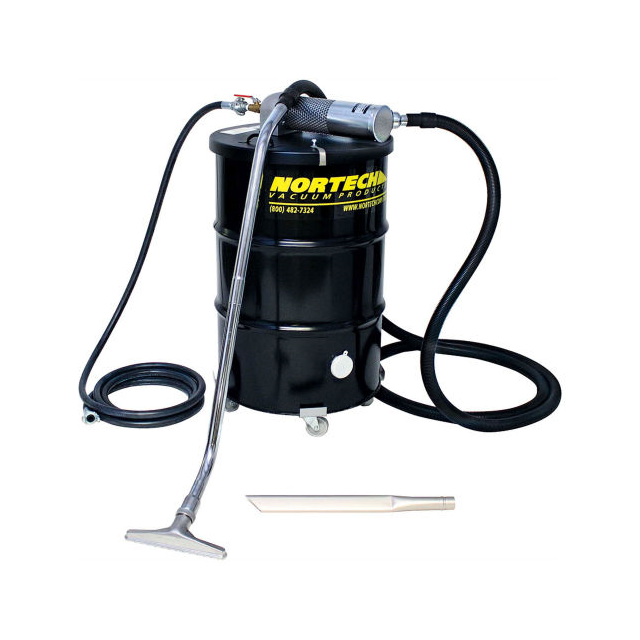
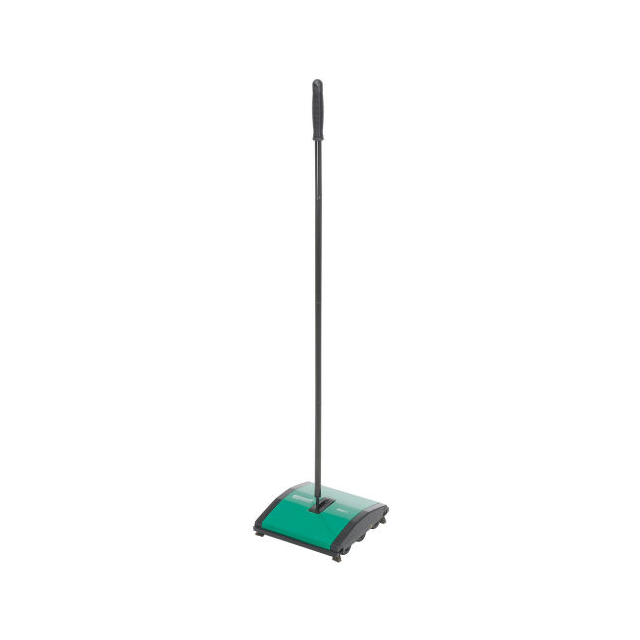

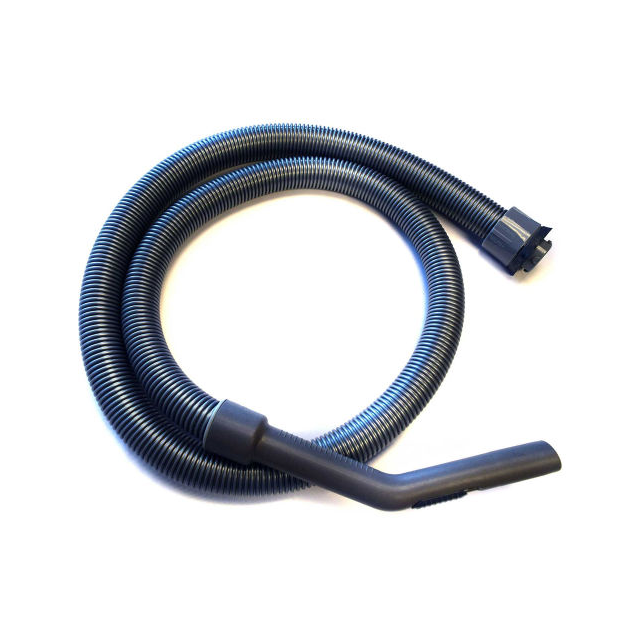
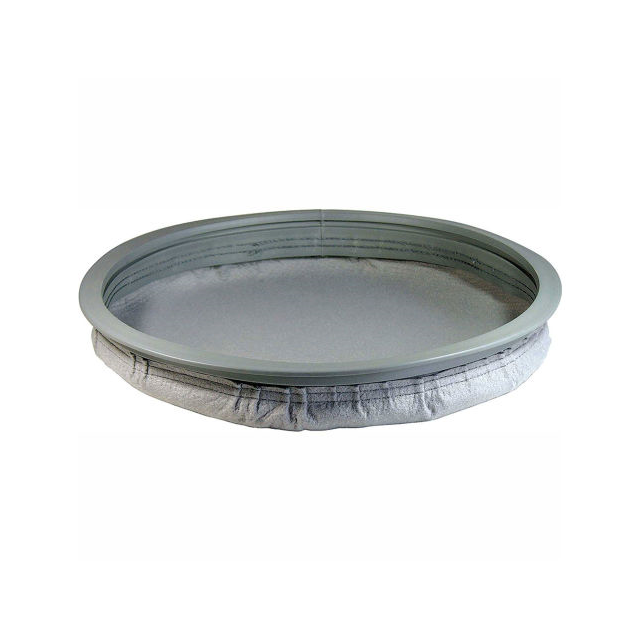
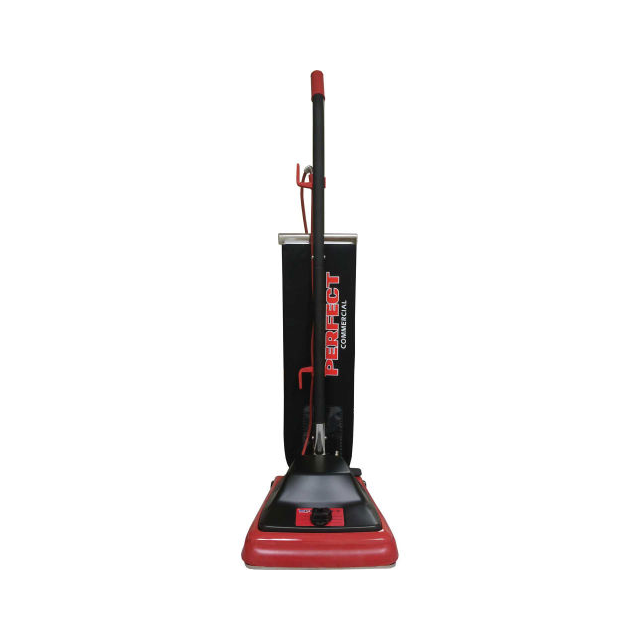



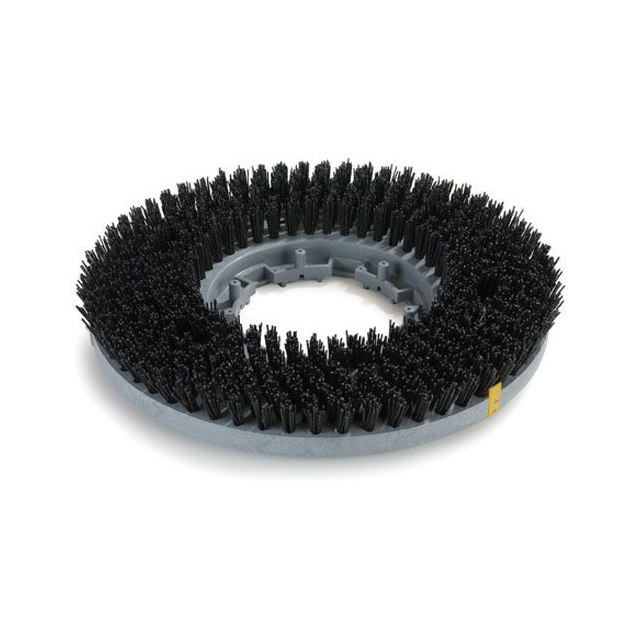
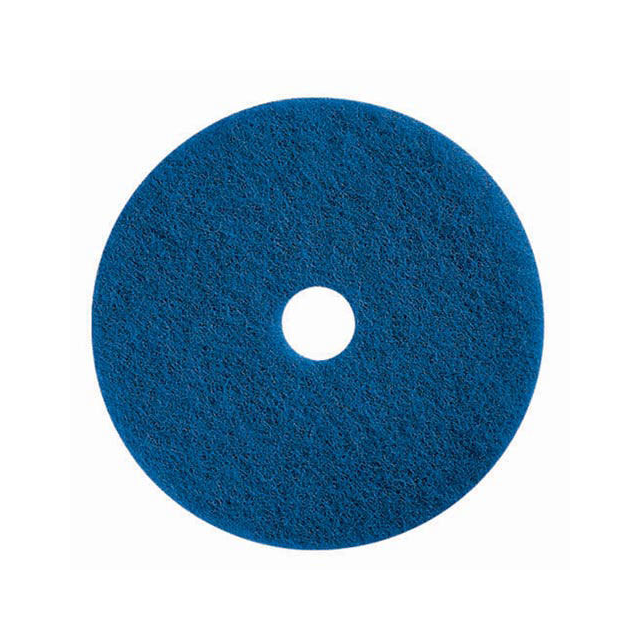
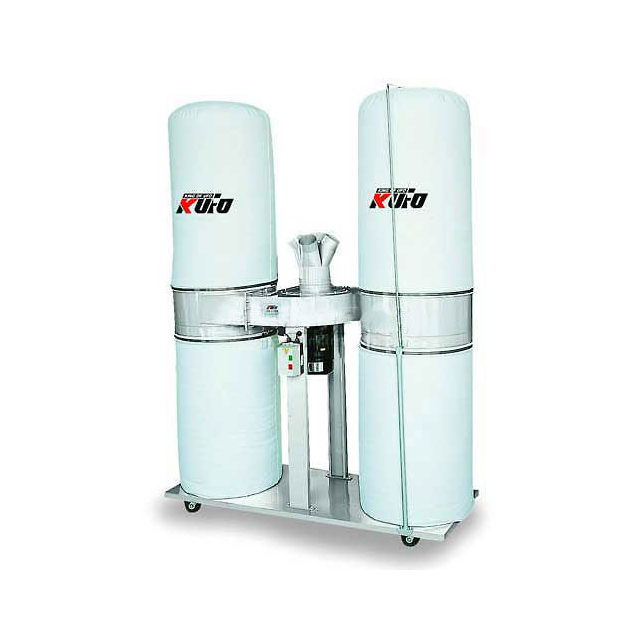
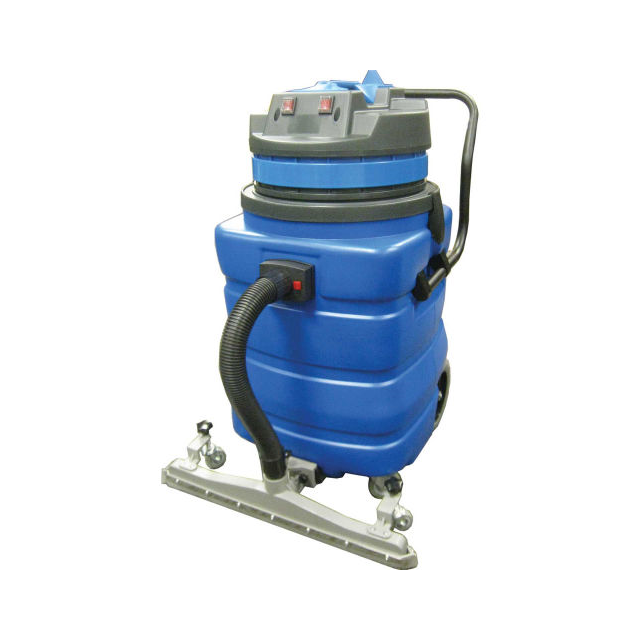
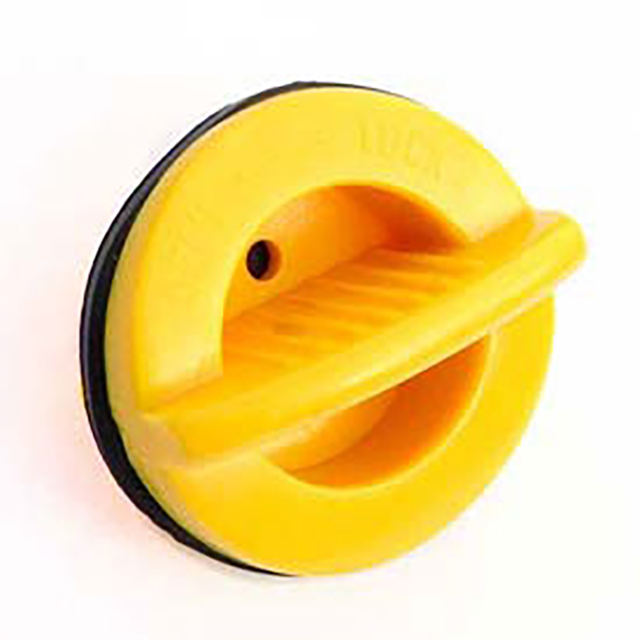
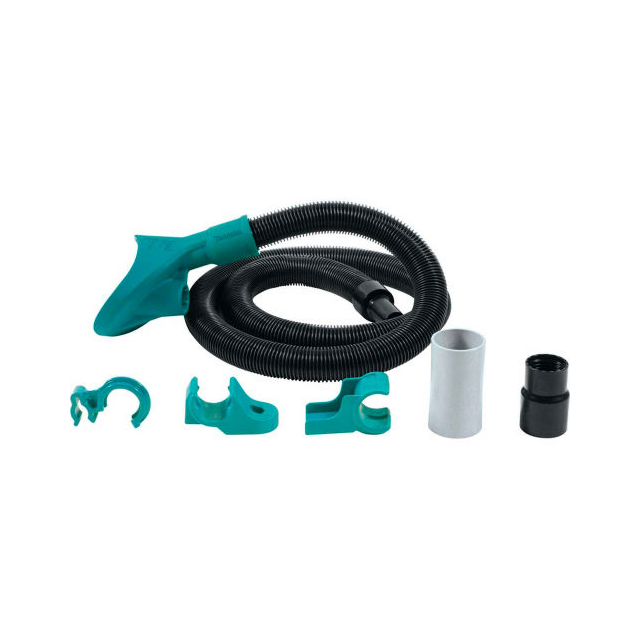

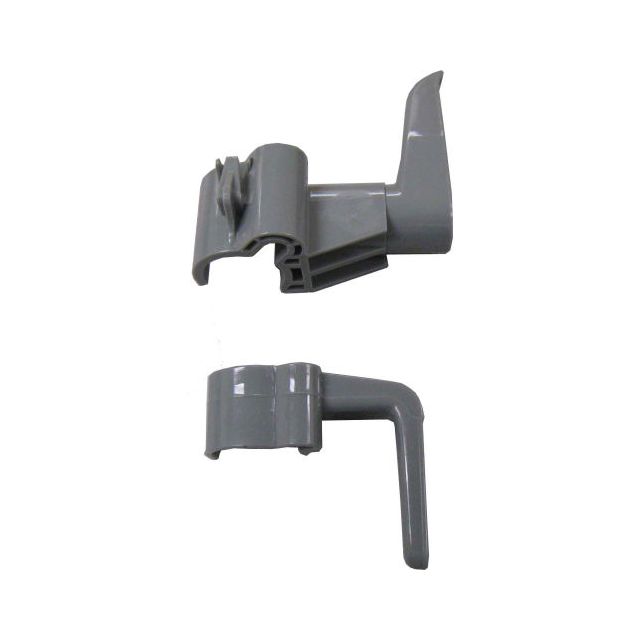
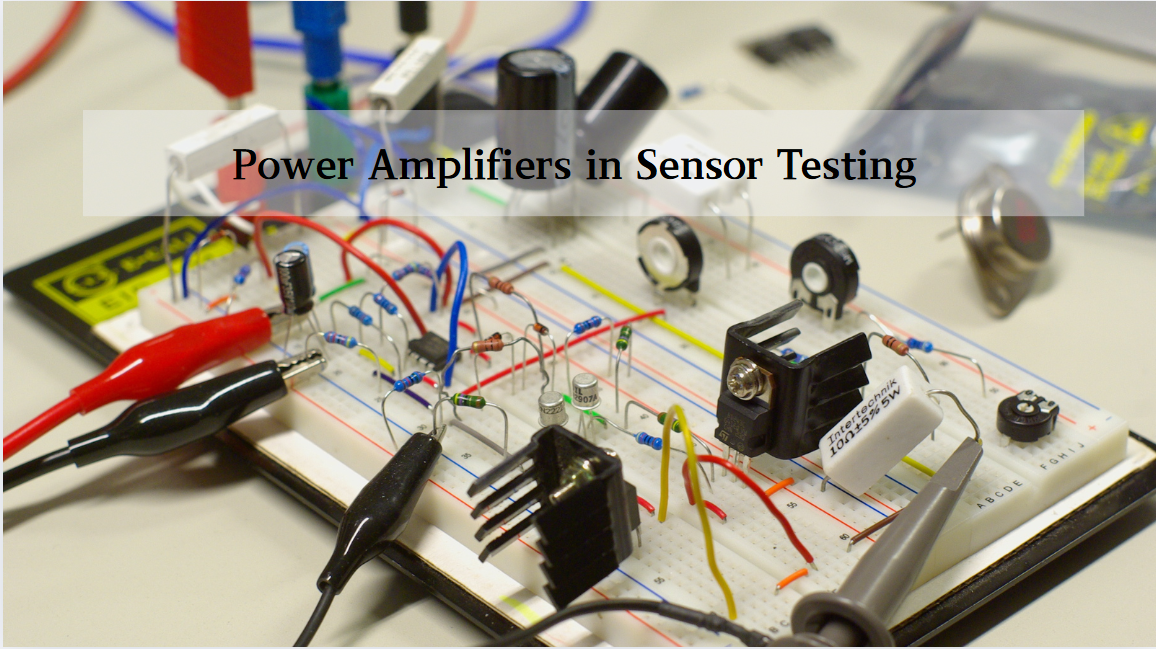
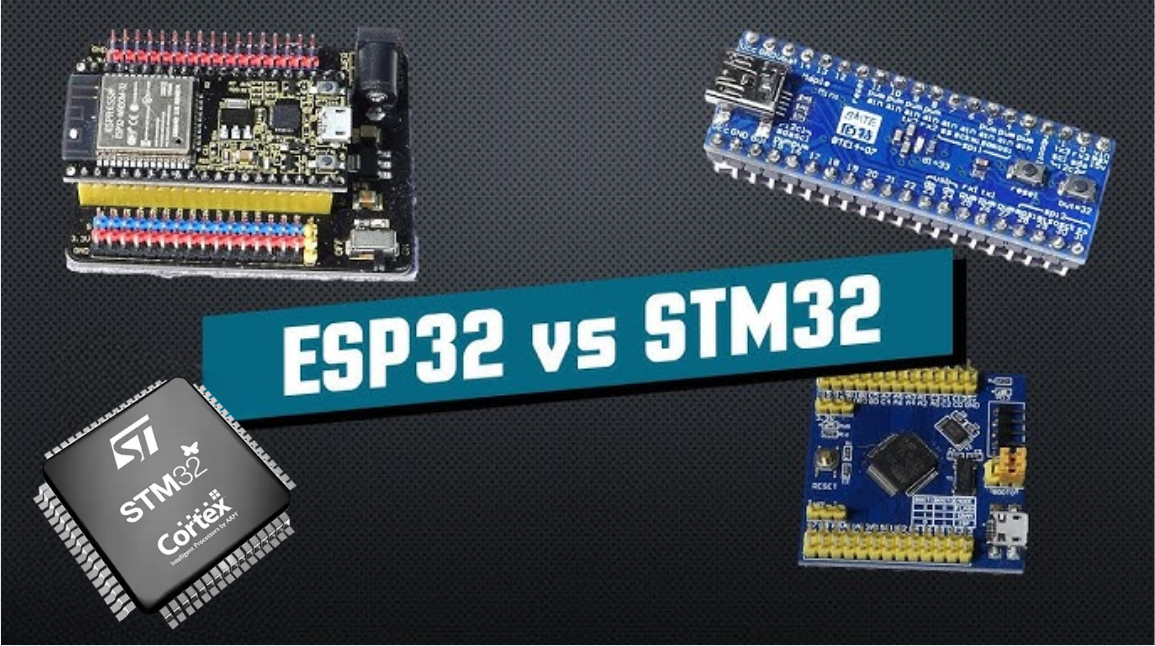
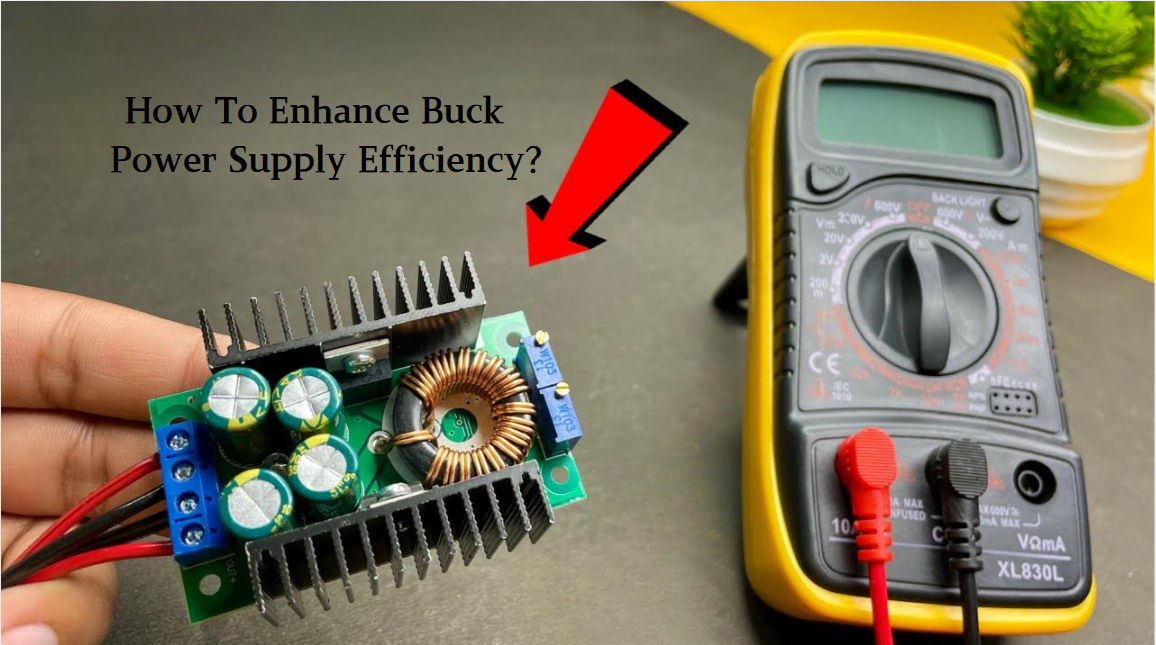






 Wishlist (0 Items)
Wishlist (0 Items) 